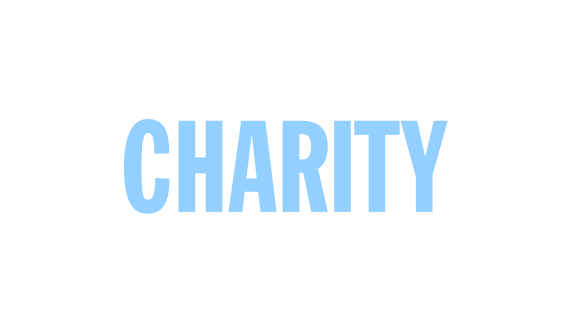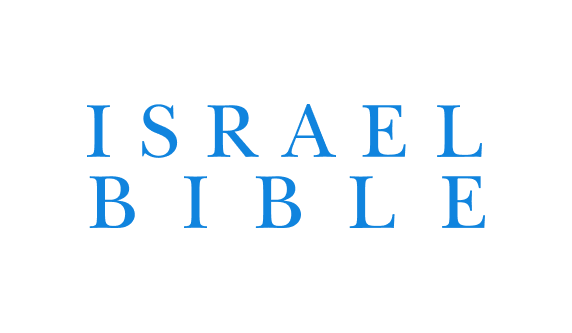To listen to the radio broadcast of the IDF reclaiming the Temple Mount in 1967 is to relive the most thrilling modern moments of Jewish history. Amidst gunfire, young Jewish soldiers advanced through the Old City of Jerusalem, making their way to the Temple Mount until they victoriously proclaimed, “Har Habayit Biyadenu!” Culminating this wondrous miracle, Rabbi Shlomo Goren sounded the shofar at the Western Wall, carrying with him the ancient hopes and age-old prayers of millions of Jews around the world. Yet, for all of our messianic yearning, after fifty years, Har Habayit is unfortunately not “biyadenu” and the world leaders are increasingly obsessed with putting an end to Israel’s half century of autonomy over Yerushalayim.
A clear connection between our parsha and haftarah (Isaiah 27:6-28:13) comes in the prophet’s opening verses: “Days are coming when Jacob will take root; Israel will bud and blossom and fill the face of the earth like fruit. Did He strike him as He struck those who struck him? Was he slain like the slaying of his enemies?” According to Rashi, Isaiah refers to the Children of Israel’s experience in Egypt as described in Parshat Shemot. The Children of Yaakov “take root” and “fill the face of” Egypt. Ultimately, Hashem “struck those who struck” Israel and slayed Pharoah and the rest of the wicked Egyptians. A closer look at our haftarah reveals an even deeper connection with our parsha that sheds an important light on both the ancient and future redemption process.
Yeshayahu (27:13) writes beautifully about the ultimate redemption: “And it will be on that day that a great shofar will be blown, and those who are lost in Assyria and those cast away in Egypt will come, and they shall prostrate themselves to Hashem on the holy mountain in Jerusalem.”
The Navi is describing a thrilling event, when all the Jewish people will be summoned to return from exile and serve Hashem together in Jerusalem. Yet, immediately following this exhilarating message, the Navi turns to rebuke the nation, stating that the only ones worthy to hear God’s message are the young children. As the Radak explains, even the innocent children will not be able to receive Hashem’s promise all at once. The revelation will come incrementally, “commandment by commandment, line by line, line by line, a bit here and a bit there” (Isaiah 28:9). This slow process of Geulah has its precedent in our parsha.
In Hashem’s instructions to Moshe regarding how to introduce his mission to the Jewish people, his opening words were meant to have maximum impact. Moshe is told to echo Joseph’s final message to his brothers, “Hashem will surely remember you – pakod yifkod” (Genesis 50:24). How exciting it must have been when, after all these years of bitter slavery, a man finally arose and announced that God has “surely remembered you – pakod pakadti – and what is done to you in Egypt” (Exodus 3:16). Yet, Moshe’s proclamation did not lead to freedom, but to even harsher conditions of slavery. Moshe, like the rest of the Jewish people, expected the redemption to happen in short order (Ramban 5:22), but soon discovered that Hashem had other plans. Instead of unfolding through a rapid series of miracles in a few days time, the process of salvation would occur over many long weeks and agonizing months.
As we see in the haftarah and parsha, the path towards Geula is not always a straight line. Indeed, Moshe’s call of “pakod pakadti,” rallied the Jewish people together just as the great shofar will do in the era of the ultimate redemption. And just like the people in the haftarah, the Jewish people in Egypt were not prepared to have the salvation come all at once, but instead required a gradual process.
Surely, many thought the miraculous victory in 1967 was the modern day expression of “pakod pakaditi” and that Rabbi Goren’s blast of the shofar at the Kotel was the fulfillment of Isaiah’s description of the great shofar. With the wonders of the Six Day War, the full redemption and ingathering of the exiles must surely be right around the corner! And yet, just as in our haftarah and our parsha, our Geula is unfolding in incremental stages, line by line, a bit here and a bit there.
Rabbi Tuly Weisz is the director of Israel365 and editor of “The Israel Bible,” and Rabbi Dr. Ethan Eisen is a psychologist and a new Oleh to Israel, as well as a rebbe in Yeshivat Lev Hatorah. Please send comments to Haftarah@TheIsraelBible.com






